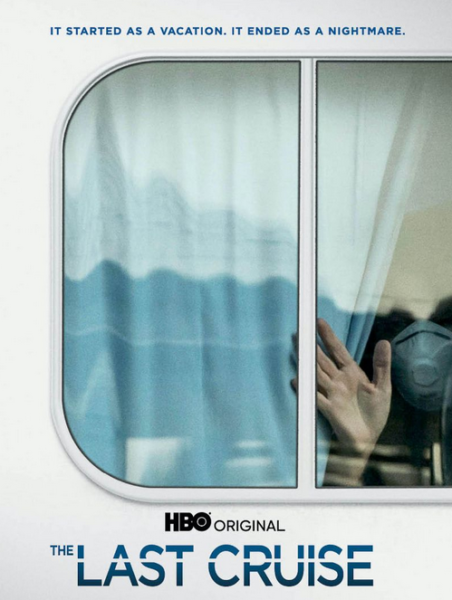Walgreens counts to three, post-pandemic doom, our poll results, and more
07 Apr 2021
Posted by Andrew Kantor
No radio, soap
What with SARS-CoV-2 not living long on surfaces (at least until a new variant arises) the CDC now says you don’t need to go crazy with the Lysol wipes or the bleach. Good ol’ soap and water will do the trick.
“Routine cleaning performed effectively with soap or detergent, at least once per day, can substantially reduce virus levels on surfaces.”
First new ADHD drug in — squirrel!
Qelbree: It’s not just a colony of the Klingon Empire, it’s also a newly approved ADHD drug. In fact, it’s the first new ADHD drug approved for kids in more than a decade. (Adult testing is underway.)
Fun facts: Unlike most ADHD drugs, Qelbree is neither a stimulant nor a controlled substance — nor (despite what you may have heard) is it the name of Elon Musk’s second child.
Poll results
The other day we asked your reaction to the story that pharmacists are doing well thanks to Covid vaccinations — they’re bringing more people into their stores.
Shots bring people into pharmacies, where they have to hang out during the 15-minute observation period — creating a big opportunity for sales.
What you said:

Doctors Doom
You won’t find quite as many cheerful, optimistic folks as former FDA commish Robert M. Califf or Emory University professor emeritus Nanette K. Wenger. Writing in the journal Circulation, they predict a post-Covid ‘Enormous wave of death and disability’.
“[T]he magnitude of destruction will be forever sealed into our collective memories.”

Their glass is bone dry
The number of the counting shall be three
CDC: The Pfizer vaccine is best given with three weeks between doses.
Walgreens: Well, four weeks makes it easier for us, because calendars.
CDC: (polite cough)
Walgreens: Fine, fine.
Tattoo you
Are you still slumming it with plain old ink tattoos? Besides the fact that no one knows what’s in that ink, they’re kind of boring. What you want is one made with gold nanoparticles, acts as a blood sensor, and can change color.
Conveniently, that’s just what scientists at Germany’s Johannes Gutenberg University have come up with. (Well, it’s not a tattoo so much as an implantable sensor, but they called it a tattoo so I’m going with it.)
The sensor is based on color-stable gold nanoparticles that are modified with receptors for specific molecules. Embedded into an artificial polymeric tissue, the nanogold is implanted under the skin where it reports changes in drug concentrations by changing its color.
And the gel cried out, “No hiding place”
Cancer cells have a nasty habit of hiding when they sense danger, turning into stem cells, then reemerging when the coast is clear. Attacking those cells with drugs would be great, but they’re sneaky devils and hard to come by.
So Japanese researchers found a way to get those cancer stem cells out in the open. They used a hydrogel “made up of a network of two chemicals and a whole lot of water” (aka a “double-network” or “DN” gel).
When cancer cells were put into the hydrogel, they freaked out and turned into stem cells — but now they were out in the open where they could be studied. In fact, the team has already “uncovered a few clues about the mechanisms involved in cancer cell reprogramming.”
The hope is that this DN gel can be used to further unravel the secrets behind they way cancer cells are reprogrammed and the way cancer stem cells function, which could lead to more effective drugs to take them out.
In the mood for a depressing film about Covid-19?
HBO is there for you with its documentary “The Last Cruise” about the voyage and quarantine of the cruise ship Diamond Princess.
(You can also read the Atlantic article by passenger Gay Courter, or her book Quarantine!: How I Survived the Diamond Princess Coronavirus Crisis … or just the Wikipedia article. Up to you.)

Not melodramatic at all


